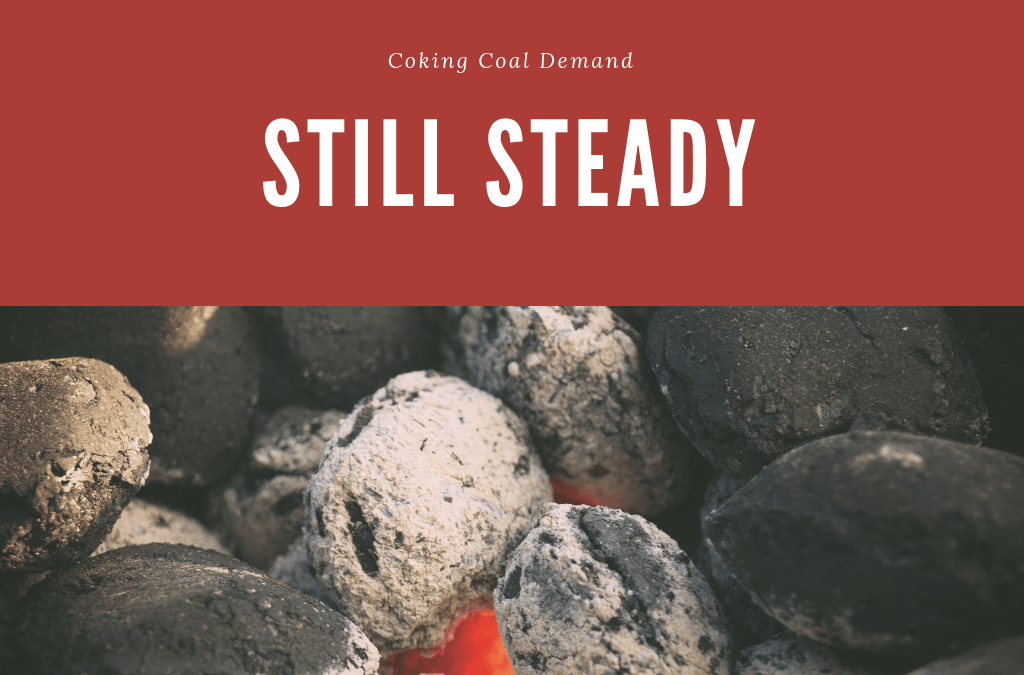On 17 October, 2018, the Chinese coking coal industry hit a thirteen-month high, thanks to the growing industrial need for steel and a more limited availability.
As China is working to curb its pollution production, they have allowed individual provinces to set restrictions on plants based on emission levels. Prior to this, there was a blanket policy across the entire country.
Winter is also approaching, which prompts a need for more thermal coal, as well. Given how much of it is required to successfully fuel power plants, thermal coal is even being given priority over the transportation of coking coal, which is used to make steel. Because so many countries are beginning to cut down on their exportation, however, the price of thermal coal continues to rise.
The rise in coking coal prices have also since spread to iron ore, which is now at a seven-month peak.
Since then, Chinese steel prices have fallen back down on Friday, 19 October, following an extremely successful crude steel production in September (80.85 million tonnes). Still, according to an Argonaut Securities analyst in Hong Kong, Helen Lau says that ‘steel profits are still very high and that’s the reason why everyone is increasing production.’
As it stands, coking coal is currently at 1,356 yuan per tonne, and coke is down to 2,353.50 yuan per tonne. Overall, though, the prices for both coking and thermal coal have more than doubled in the past two years, and the World Steel Association still predicts the global steel demand reaching 1.62 billion tonnes. That’s an increase of 1.8 per cent in one year.
To meet these growing demands, Australia is expected to increase their metallurgical coal production from 182Mtpa to 195Mtpa by 2022. This increase is set to encourage explorations in greenfield and brownfield developments, which mean new areas where mineral deposits have not yet been found, and areas near existing deposits and mines, respectively.
Of course, there does run the risk of thermal coal prices increasing, but only time will tell.
For the time being, both China and Australia are greatly benefiting from the latest developments in the coal industry, and all signs are pointing to a continued increase in both production and revenue.
